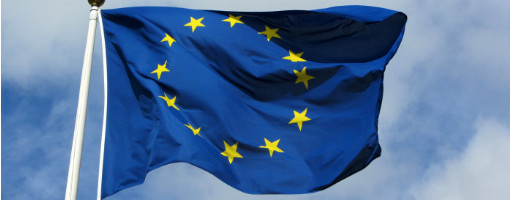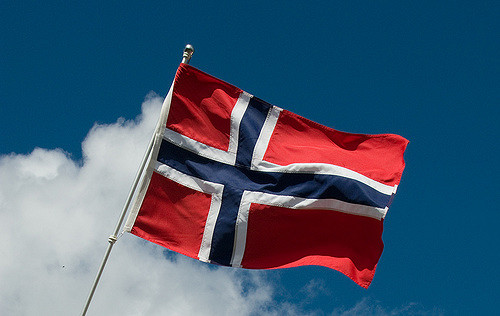Norwegian pension company KLP has called for alignment on net zero, suggesting that coordination around a single recognised industry standard will be key to clearing up the path to follow.
The company said that as the financial industry awaits the authority's implementation of framework conditions that match the climate goals, financial players must take action themselves.
In particular, it singled out Net Zero Action Day, taking place on 20 October, as a “golden opportunity” for the financial industry to meet, find new solutions and coordinate climate efforts.
KLP pointed out that institutional and public investors own more than half of all equity values in the world and this combination of ownership power, vested interest and increasingly better global emissions data at the company level gives the industry a great opportunity to influence the green shift.
The company said the fact that a large number of large and small financial institutions have set net-zero targets “gives hope” for the 1.5 degree target.
In Norway, organisations such as KLP, Storebrand, Gjensidige, and most recently the Norwegian Oil Fund, have set targets in line with the Paris Agreement and net-zero emissions by 2050.
However, the company said that in order for the world to reach net-zero emissions, it must adhere to a fairly tight global carbon budget, which is a calculation of how much CO2 emissions are left before it is no longer possible to limit global warming to 1.5 degrees by 2050.
It explained that a climate scenario provides guidance for when and how much different sectors must cut their emissions to be in line with the 1.5 degree target.
KLP said climate scenarios are important for investors like themselves as they provide a picture of how emissions in the investment portfolio must be reduced over time but are at the same time challenging as there are several climate scenarios and no single one is guaranteed to be the right one.
The company said that there may be many different paths to net zero. For instance, one path might call for steep emission cuts early on, while another spreads the cuts out evenly until 2050.
Both lead to net zero, but if different owners follow different paths, they may send conflicting signals to the companies they invest in. This confusion can weaken the overall impact of green finance.
He said the journey to net zero won’t be easy for anyone, and no matter which route is taken, it will require heavy prioritisation and dialogue ongoing collaboration.
Latest News
-
Over half of Dutch workers now transferred to new pension system
-
P+ records double-digit returns in 2025
-
Working longer cuts tax and can boost retirement income for Swedes, SPA report finds
-
News in brief: 9 January 2026
-
Steady UK DB funding levels cap off positive 2025 for schemes
-
Disability pension applications fall 8% at Ilmarinen amid 'notable shift' in requests
Podcast: Stepping up to the challenge

In the latest European Pensions podcast, Natalie Tuck talks to PensionsEurope chair, Jerry Moriarty, about his new role and the European pension policy agenda
Podcast: The benefits of private equity in pension fund portfolios

The outbreak of the Covid-19 pandemic, in which stock markets have seen increased volatility, combined with global low interest rates has led to alternative asset classes rising in popularity. Private equity is one of the top runners in this category, and for good reason.
In this podcast, Munich Private Equity Partners Managing Director, Christopher Bär, chats to European Pensions Editor, Natalie Tuck, about the benefits private equity investments can bring to pension fund portfolios and the best approach to take.
In this podcast, Munich Private Equity Partners Managing Director, Christopher Bär, chats to European Pensions Editor, Natalie Tuck, about the benefits private equity investments can bring to pension fund portfolios and the best approach to take.
Mitigating risk
BNP Paribas Asset Management’s head of pension solutions, Julien Halfon, discusses equity hedging with Laura Blows
© 2019 Perspective Publishing Privacy & Cookies







Recent Stories